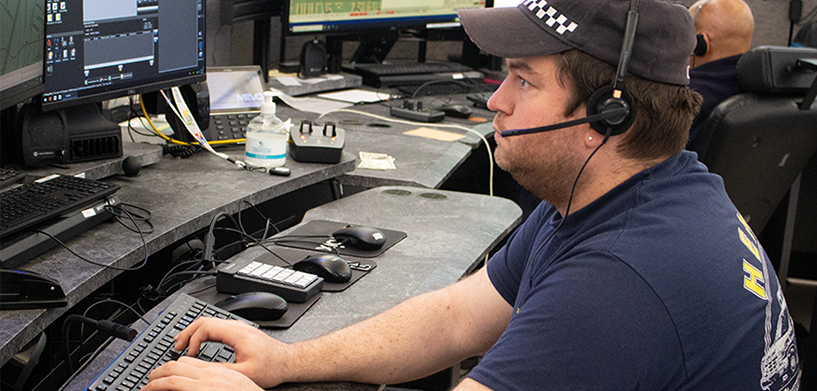Computer-aided dispatch (CAD) is a critical component of today’s public safety agencies. Modern agencies rely on CAD systems to dispatch first responders efficiently, track those responders’ locations, prioritize and keep records of calls and more. Agencies can optimize their CAD systems to improve workflows further as technology and needs evolve.
Let’s explore how alternative, automated and remote dispatch capabilities can enhance an agency’s CAD workflows to enable a more efficient response.
Alternative
In some cases, utilizing alternative dispatch workflows allow law enforcement to navigate its involvement as needed, and for other response teams to engage with emergency situations that call for specialized care, including psychiatric professionals for suicidal residents and social services for homelessness.
One example of an alternative dispatching workflow was introduced in Rochester, New York, in January 2021.
Government officials created the Person in Crisis Team, whose members are dispatched to handle 911 and 211 mental health and substance abuse calls alongside police officers. The team was created for mental health and substance abuse calls so that nonviolent crises can be deescalated by responders specifically trained for those situations. The City of Rochester launched the team “in response to community-wide calls for better mental health response programs.”
Automated
Assistive AI is a beneficial tool for dispatching, and one that is underused. Embedded, assistive AI can make a dispatcher’s workload lighter and lead to better outcomes. Public safety answering points (PSAPs), emergency call centers (ECCs) and real-time crime centers (RTCCs) are flooded with data as incidents are unfolding. It is nearly impossible for a dispatcher to analyze all this data in real time.
Assistive AI runs in the background, leveraging machine learning (ML) and detecting patterns, anomalies and trends that might otherwise go unseen. It then presents the data to a dispatcher in a clear way, providing actionable insights that can be relayed to first responders in the field. Assistive AI can be crucial during emergencies, but also for large events and linked incidents. It allows for earlier intervention and efficiencies, ultimately improving outcomes.
Remote
The ability to work remotely is essential in many industries, and especially public safety. This became clear during the COVID-19 pandemic, when health care authorities and local governments released guidelines for quarantining due to exposure. Dispatchers and other essential employees needed to remain safe without disrupting the crucial work of the PSAP.
Technologies that make remote work possible for dispatchers are CAD systems with browser-based interfaces and mobile capabilities, with virtual private networks (VPNs) that create a private connection using public Wi-Fi so information can be accessed securely.
This gives dispatchers remote access to real-time information in a secure environment. Dispatchers now have the flexibility of working remotely, while completing their responsibilities just as they would inside the PSAP.
Public safety technology and best practices continue to rapidly evolve, and being abreast of the latest in both can help agencies evolve as well.
Learn more
Find out more about Hexagon’s CAD and other public safety solutions.
















